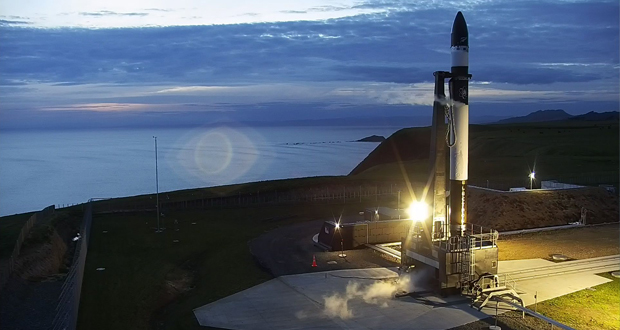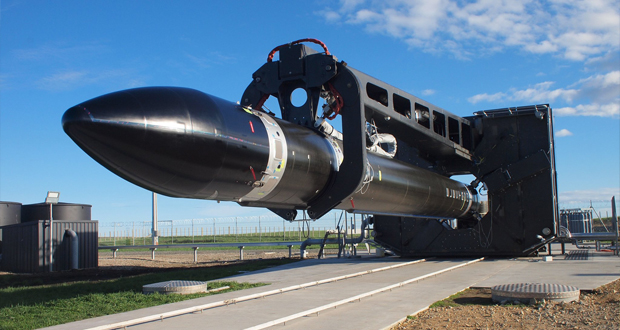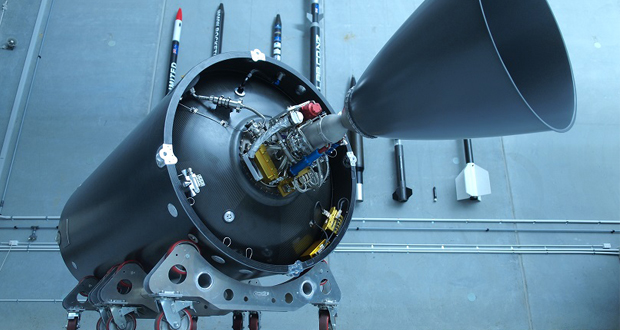Rocket Lab launches rocket with a 3D printed engine

Just over two years ago, the California based startup ‘Rocket Lab’ announced that they had developed the world’s first battery-powered rocket. This same Electron rocket is now here, and incorporates a 3D printed Rutherford engine with with the aim of heading to outer space. Luckily for them, after having a 10 day window that began on May 22 to launch their rocket off of their launch pad located off of the Mahia peninsula, the fruit of their labor finally came together, as the company was able to launch their rocket yesterday. This launch was a big deal as it was the first launch attempt for the country, as New Zealand has no space travel program of their own.
Rocket Lab is a private aviation company that has been supported by many high-tech companies such as Lockheed Martin, and have received a $75 million investment earlier this year, making their startup’s investment total a whopping $148 million, with a value of around $1 billion by private investors. With their launch, this is seen as being a success for New Zealand and the startup itself, but also for 3D printing, as the engine of the rocket is made almost entirely from additive manufacturing. The engineers of the rocket relied on this technology as it not only saves time, but also lowers weight, which is a considerable importance when it comes to the aerospace industry.

The test will take place on a small peninsula in the east of New Zealand
Standing at 17m tall and 1.2m in diameter, this fully loaded rocket came to a total weight of 10.5 tons. The launch of the rocket was carried out in two stages. In the first stage, the nine Rutherford engines providing the thrust with the second stage using a single vacuum-optimized engine. Before launching, the team came up with the test goals for the rocket. Running under the codename of “It’s a Test”, the rockets test consisted of the rocket carrying an inert payload to an 83-degree, elliptical orbit that was varied between 300 and 500 kilometers high.
The rockets lift off occurred at 4:20pm local time and was able to reach space 3 minutes later, thanks to the efficiency of the Rutherford 3D printed engine, who is 50% more efficient than traditional gas-powered engines. Although the rocket and its payload weren’t able to make it into orbit, the team was very pleased with the results of their first test launch, with Rocket Lab’s founder and CEO Peter Beck commenting about the flight “We had a great first stage burn, stage separation, second stage ignition and fairing separation. We didn’t quite reach orbit, and we’ll be investigating why. However, reaching space in our first test puts us in an incredibly strong position to accelerate the commercial phase of our program.”

The Rutheford engine from Rocket Lab – almost completely 3D printed
Following their successful launch, Rocket Lab has plans to continue using 3D printing to create their engines to keep costs low. For the time being, they will be investigating why their rocket didn’t make it into orbit, and continuing to build new rockets to launch satellites into space, with the aim of making space more accessible to all. There are still 3 planned launches left to be done before they start providing their customers with commercial satellite opportunities to bring cargo into space. But, until then, the company will be developing, innovating and doing a little celebrating.
Check out the video of the launch below:
Let us know what you think of this great innovation in 3D printing by leaving a comment below or on our Facebook and Twitter page! For all the latest 3D printing news delivered straight to your inbox, sign up for our weekly newsletter today!







